During An Interview About Her Incredible Costumes For The Film Crimson Peak (2015), Kate Hawley Mentioned

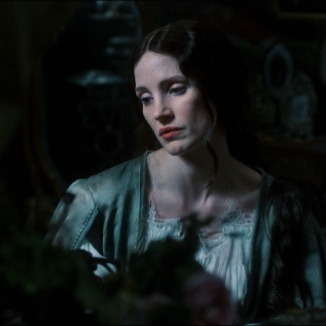


During an interview about her incredible costumes for the film Crimson Peak (2015), Kate Hawley mentioned two paintings that particularly inspired her design of the leading female cast’s iconic attire. Proserpine by Dante Gabriel Rossetti (1874, top left) was taken into consideration for the character Lucille Sharpe, otherwise known as The Moth (top right). For Edith Cushing (bottom right), thought of as The Butterfly in contrast, The Bridesmaid by John Everett Millais (1851, bottom left) was said to have greatly influenced the character’s hauntingly beautiful look of cascading hair and the bridal-esque nightgown attire.
More Posts from Temple-of-bullets and Others










Paintings come to life + GOT ladies (insp.)
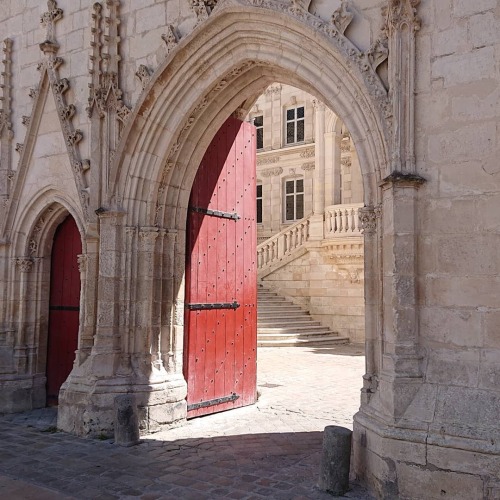
Hôtel de Ville de La Rochelle, France, photo by Arnaud Atreide

Mervovignian brooch, made in copper alloy covered in gold,set with S W garnets and a sapphire, 700 A.D. [560 x 860]
Basically Sherif Ali and Lawrence










les miserables 1964: Grantaire and Enjolras after Le Cabuc’s execution


gustave courbet, self portrait (the desperate man) / the picture of dorian gray (2009)



daenerys targaryen, the queen of ashes

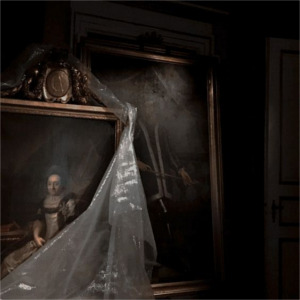

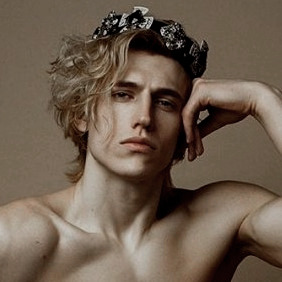
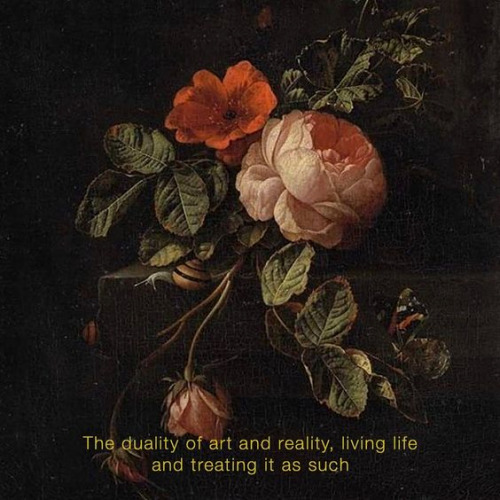
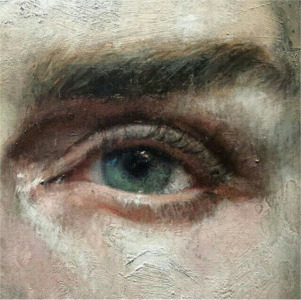

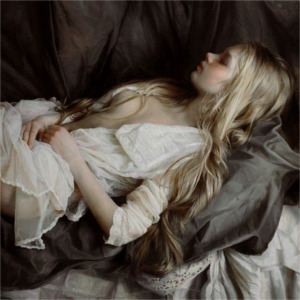

literature: — dorian gray { the picture of dorian gray, oscar wilde }
“Life has everything in store for you, Dorian. There is nothing that you, with your extraordinary good looks, will not be able to do.”
“But suppose, Harry, I became haggard, and old, and wrinkled? What then?”
Can you tell me more about fabric flower hair pins used in hanfu? I saw a lot of Japanese-style kanzashi in “The Empress of China”, but I couldn’t find any info of that sort of hair ornament used in Chinese history.
Hi, thanks for the question!

Yep, you’re right - the Cdrama “The Empress of China” sometimes uses Japanese-style fabric flower hairpins (see example below) that are culturally and historically inaccurate (then again, Chinese costume dramas are notorious for being loose with sartorial historical accuracy…):

So let’s now take a look at actual Chinese fabric flower hairpins:

The umbrella term for Chinese flower hair ornaments is Zan Hua/簪花 (lit. “flower hairpins”), which includes fresh flowers as well as artificial ones made from fabric, paper (Zhi Hua/纸花), beads (Zhu Hua/珠花), etc.
Traditional Chinese fabric flower hairpins used with Hanfu include (but are not limited to!):
1) Juan Hua/绢花: “Silk flowers” - flower imitations made from silk fabrics of various colors. Dates back to more than 1,700 years ago, and was the main ornament for women during the Tang Dynasty. In 2008, Beijing Juanhua was officially designated as an intangible cultural heritage of China.


2) Chan Hua/缠花: “Wrapped flowers” - using colorful silk threads to wind flower art onto fixed frames. The technique of wrapping flowers originated during the Ming dynasty and flourished in the Qing dynasty. Notable for being small, delicate, and lifelike. Has been designated as an intangible cultural heritage of China.



3) Rong Hua/绒花: "Velvet flowers” - made from fine silk on twisted wire frames. Dates back to the Qin Dynasty, and was a marker of nobility. Eventually became popular among the common people during the late Ming and early Qing dynasties, and was mainly worn during festivals and weddings. In 2006, Nanjing Ronghua was officially designated as an intangible cultural heritage of China.



For more resources, you can check out my Zanhua tag for my posts on Chinese floral hair ornaments, as well as my sub-tags for Chanhua and Ronghua.
Of course this doesn’t cover everything, but hope this helps! ^^
Sources/Images: 1, 2, 3, 4, 5, 6, 7, 8, 9, 10, 11, 12









Hannibal (2013-2015)
3x02 - “Primavera”
-
 unasomiadora liked this · 1 month ago
unasomiadora liked this · 1 month ago -
 bishakespeares liked this · 1 month ago
bishakespeares liked this · 1 month ago -
 sch4r4 reblogged this · 1 month ago
sch4r4 reblogged this · 1 month ago -
 sch4r4 liked this · 1 month ago
sch4r4 liked this · 1 month ago -
 spcecowboyyy liked this · 1 month ago
spcecowboyyy liked this · 1 month ago -
 apalatablevastness reblogged this · 1 month ago
apalatablevastness reblogged this · 1 month ago -
 apalatablevastness liked this · 1 month ago
apalatablevastness liked this · 1 month ago -
 winter-wise reblogged this · 1 month ago
winter-wise reblogged this · 1 month ago -
 sayosani liked this · 1 month ago
sayosani liked this · 1 month ago -
 scully2u liked this · 1 month ago
scully2u liked this · 1 month ago -
 your-frenchblondgirl reblogged this · 1 month ago
your-frenchblondgirl reblogged this · 1 month ago -
 wolfsmom1 reblogged this · 1 month ago
wolfsmom1 reblogged this · 1 month ago -
 c0mputersaysn0 reblogged this · 1 month ago
c0mputersaysn0 reblogged this · 1 month ago -
 its-not-noah reblogged this · 1 month ago
its-not-noah reblogged this · 1 month ago -
 sister-grimmer reblogged this · 2 months ago
sister-grimmer reblogged this · 2 months ago -
 slutseraphim liked this · 2 months ago
slutseraphim liked this · 2 months ago -
 bmoharrisbankofficial reblogged this · 2 months ago
bmoharrisbankofficial reblogged this · 2 months ago -
 whosthought liked this · 2 months ago
whosthought liked this · 2 months ago -
 privetitsme liked this · 2 months ago
privetitsme liked this · 2 months ago -
 sneakytris reblogged this · 2 months ago
sneakytris reblogged this · 2 months ago -
 sneakytris liked this · 2 months ago
sneakytris liked this · 2 months ago -
 erotic-fvneral reblogged this · 3 months ago
erotic-fvneral reblogged this · 3 months ago -
 emmacurian liked this · 3 months ago
emmacurian liked this · 3 months ago -
 madimakesvids liked this · 3 months ago
madimakesvids liked this · 3 months ago -
 seaglass-bouquet reblogged this · 3 months ago
seaglass-bouquet reblogged this · 3 months ago -
 lessnearthesun liked this · 3 months ago
lessnearthesun liked this · 3 months ago -
 wheresmyfuckintea reblogged this · 3 months ago
wheresmyfuckintea reblogged this · 3 months ago -
 salatkurilshika liked this · 3 months ago
salatkurilshika liked this · 3 months ago -
 fawnfrail liked this · 4 months ago
fawnfrail liked this · 4 months ago -
 tinygardenmirmir liked this · 4 months ago
tinygardenmirmir liked this · 4 months ago -
 pigstubborn reblogged this · 4 months ago
pigstubborn reblogged this · 4 months ago -
 mrmorgangallagher liked this · 4 months ago
mrmorgangallagher liked this · 4 months ago -
 shadowmedusa liked this · 4 months ago
shadowmedusa liked this · 4 months ago -
 ladythedirewolf liked this · 4 months ago
ladythedirewolf liked this · 4 months ago -
 skippyskippyskip reblogged this · 4 months ago
skippyskippyskip reblogged this · 4 months ago -
 lordofthemaps reblogged this · 4 months ago
lordofthemaps reblogged this · 4 months ago -
 lordofthemaps liked this · 4 months ago
lordofthemaps liked this · 4 months ago -
 motherofcatsworld liked this · 4 months ago
motherofcatsworld liked this · 4 months ago -
 snappyjackstuff liked this · 4 months ago
snappyjackstuff liked this · 4 months ago -
 sing-to-me-of-myth reblogged this · 4 months ago
sing-to-me-of-myth reblogged this · 4 months ago -
 sweetums0kitty reblogged this · 5 months ago
sweetums0kitty reblogged this · 5 months ago -
 witchwithmermaideyesblog reblogged this · 5 months ago
witchwithmermaideyesblog reblogged this · 5 months ago -
 witchwithmermaideyesblog liked this · 5 months ago
witchwithmermaideyesblog liked this · 5 months ago -
 baldingwillgraham liked this · 5 months ago
baldingwillgraham liked this · 5 months ago -
 bjqoxd liked this · 5 months ago
bjqoxd liked this · 5 months ago -
 b-ullshittt liked this · 5 months ago
b-ullshittt liked this · 5 months ago -
 sherrylipgloss liked this · 5 months ago
sherrylipgloss liked this · 5 months ago -
 5yearslatewithearlgrey liked this · 5 months ago
5yearslatewithearlgrey liked this · 5 months ago -
 handahbear liked this · 5 months ago
handahbear liked this · 5 months ago